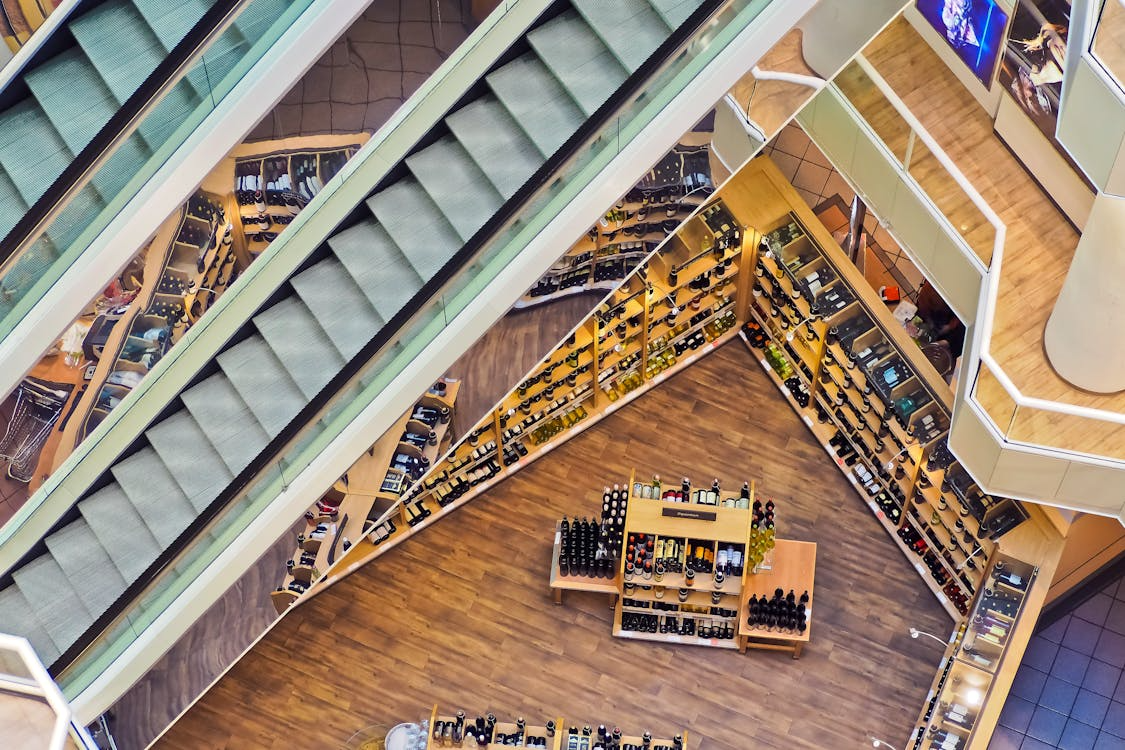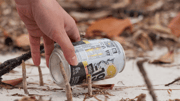
Wayne Morris couldn’t believe his eyes. He stared at his favourite chocolate bar in the supermarket aisle, convinced it had somehow shrunk. The price, however, had stayed exactly the same.
Wayne wasn’t imagining things. Like millions of Australians, he had fallen victim to shrinkflation—the subtle tactic where product sizes decrease while prices remain steady or even rise. Recent research revealed that 79 per cent of Australians had noticed shrinkflation, one of the highest awareness rates worldwide.
Easter favourites, breakfast cereals, chips and cleaning products were among the latest groceries to fall victim to shrinkflation, according to consumer watchdog CHOICE. Their investigation revealed examples that made shoppers double-check their weekly shop.
Jif’s Power and Shine Bathroom cleaner had soared in price per 100ml by over 122 per cent—rising from $2.50 for 700ml in May 2022 to $4 for 500ml in 2024. This was more than shrinkflation; it was daylight robbery disguised as spring cleaning.
'People turn up to the shops to find the products they often buy have been reduced in size, and in some cases the price has increased'
Woolworths’ Max Charge cereal had shrunk from 560g packs to 495g in September last year, with the price remaining $4.50—equating to almost 14 per cent more per 100g. Even Easter treats weren’t spared, with Community Co’s hot cross buns dropping from 480g to 450g while the price rose from $4.00 to $4.50.
Products hit hardest by shrinkflation in 2024
Jif bathroom cleaner: Up 122 per cent per 100ml—McVitie’s Go Ahead biscuits: Down from 218g to 174g (same $4.40 price)
Red Rock Deli dips: Shrunk from 150g to 135g tubs—Woolworths corn chips: Dropped from 200g to 175g packets—Hot cross buns: Reduced by 30g while price increased 50 cents
While Australians wrestled with shrinking products, other countries took a tougher stance. France required retailers to flag products reduced in size without a price cut after food inflation hit 16 per cent last year. In South Korea, food makers faced fines up to $7,300 for failing to notify consumers of size changes. The United States was considering legislative bills to tackle the issue.
UNSW Business School experts said shrinkflation had a strong psychological effect on consumers, with high inflation making people even more sensitive to unfairness around cost and quality. Queensland University of Technology’s Professor Gary Mortimer explained: 'I think ultimately it comes down to loss perception. We don't want to pay more for the same, but we're willing to pay the same for a little bit less.'
Professor Nitika Garg from UNSW highlighted the supermarket duopoly as a problem for Australian families: 'Imagine a young family with young kids and without huge amounts of discretionary income. How much time do they have to sit on websites and apps and price-compare? It is a heavy burden to place on individual consumers.'
Did you know?
Shrinkflation awareness Awareness varied dramatically by country. While 79 per cent of Australians had noticed it, awareness ranged from 32 per cent in some European countries to 82 per cent in Great Britain—the highest globally.
The federal government began taking action to make size changes clearer for shoppers. Assistant Minister for Treasury Andrew Leigh said: 'If a chocolate bar loses two squares but keeps the same price, that's not magic—it's shrinkflation. We want feedback on what steps we can take next to crack down on diminishing sizes.'
Proposed measures included forcing supermarkets to publish notifications when package sizes changed, penalties for unclear unit pricing, and stronger ACCC enforcement powers. Coles and Woolworths faced scrutiny over alleged price gouging, fake discounts, and other unfair practices, with Coles reporting $1.1 billion in profits and Woolworths $108 million.
Shoppers could protect themselves against shrinkflation by checking unit prices per 100g or 100ml, comparing sizes of regular purchases, considering generic brands, buying in bulk when real specials appeared, keeping receipts, and reporting dodgy unit pricing to consumer groups.
'We've heard from countless shoppers who are feeling frustrated by the prevalence of shrinkflation in supermarkets. People turn up to the shops to find the products they often buy have been reduced in size, and in some cases the price has increased.'
The ACCC received over $30 million in government funding to investigate misleading supermarket practices, while Coles and Woolworths would face a joint trial over alleged false or misleading discount claims.
Public consultation on the government's shrinkflation crackdown remained open until 19 September, giving Australians a chance to share experiences and suggestions.
Like Wayne Morris, Australians didn’t have to accept getting less for more. Awareness and the right strategies could help navigate the shrinking supermarket maze while keeping money in their pockets.
What This Means For You
Shrinkflation is impacting almost every corner of the supermarket, from your favourite chocolate bars to essential cleaning products, meaning Australians are often paying more for less without realising it. Being a savvy shopper now requires checking unit prices and comparing product sizes to ensure you’re truly getting value for your money.
Government interventions, such as mandatory notifications and penalties for unclear pricing, are designed to make shopping fairer and more transparent for everyday Australians. Around the world, countries like France and South Korea have gone even further with mandatory disclosures and fines, showing that holding retailers accountable is possible—and that consumers deserve to know exactly what they are paying for.
Shrinkflation has to stop: Aussie supermarkets on notice — Reports on how Australians are noticing shrinkflation in everyday grocery items and government moves to address it.
https://www.thesenior.com.au/story/9058380/shrinkflation-has-to-stop-aussie-supermarkets-on-notice/
10 products hit by shrinkflation in 2024 | CHOICE — Lists grocery products affected by shrinkflation, including size reductions and price increases.
https://www.choice.com.au/shopping/...ackaging/articles/shrinkflation-investigation
Shrinkflation: You're not imagining it — these grocery items are shrinking | SBS News — Explains shrinkflation and highlights items shrinking in size while prices remain the same.
https://www.sbs.com.au/news/article...t-these-grocery-items-are-shrinking/edf6m0947
'Shrinking in size, but not in price' - Everything you need to know about 'shrinkflation' — Discusses global awareness of shrinkflation and examples of affected products.
https://www.weforum.org/stories/2024/05/shrinkflation-inflation-cost-of-living/
Shrinkflation highlights costs of high inflation, weak competition—UNSW BusinessThink — Examines the psychological impact of shrinkflation on consumers and supermarket competition issues.
https://www.businessthink.unsw.edu.au/articles/shrinkflation-skimpflation-australia-retail-impact
Feel like you're paying more for less? These are the latest items to be hit by 'shrinkflation' — Explains loss perception and why consumers accept paying the same for less.
https://www.sbs.com.au/news/article...st-items-to-be-hit-by-shrinkflation/1x4h4ac1l
Federal government considers 'shrinkflation' crackdown — Details government proposals to increase transparency in product sizes and protect consumers.
https://www.thenewdaily.com.au/finance/consumer/2025/09/01/shrinkflation-supermarket-government
Have you noticed your favourite products shrinking while prices stayed the same or rose?







